You ride past them, but do you know what they are? Trail corridors and waterways are great places to see both native plants and opportunistic interlopers. Some are medicinal, some are edible, and some are poisonous, would you know the difference? Some trails provide identification markers, and our LPSNRD has installed interpretive signs showing invasive plant species at some state parks and along the Mopac on the other side of the Platte river. Some of you I know are very knowledgeable about identifying plants, others birds, and still others, insects. This week I’ll show you a few common plants from the Mopac and other trails you may recognize when you’re out riding. One can even help if you get stung out there.
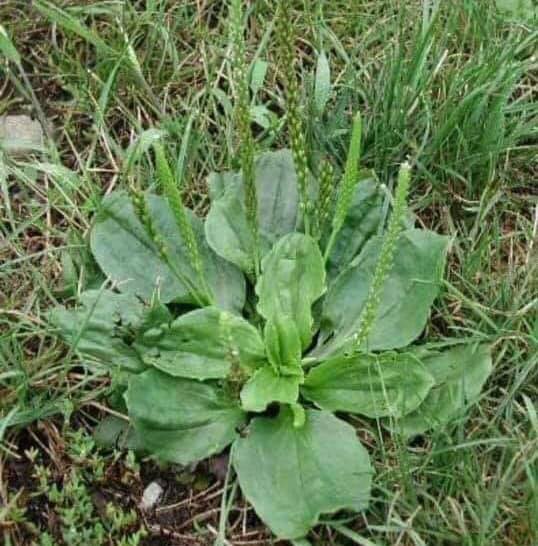
https://www.facebook.com/missouri.parks/posts/2602731139757704
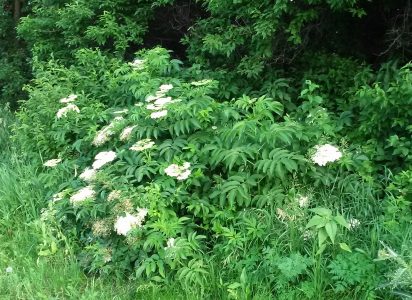
Elderberry in flower this past Spring.
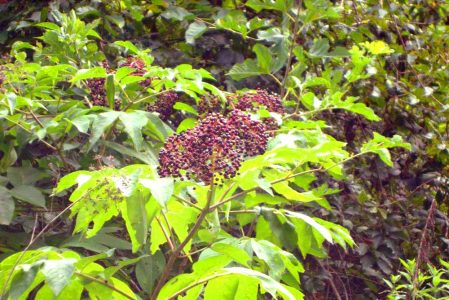
Elderberry
Most of the plants I’m showing here are edible in some form, but always make sure you know what the plant is, what part of the plant you can use, and how to process it before you attempt any use. There are also apps for your smart phone to help with identification, but I haven’t tried them. I have books.
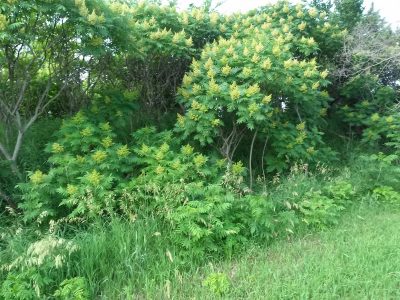
Sumac flowering this past Spring.
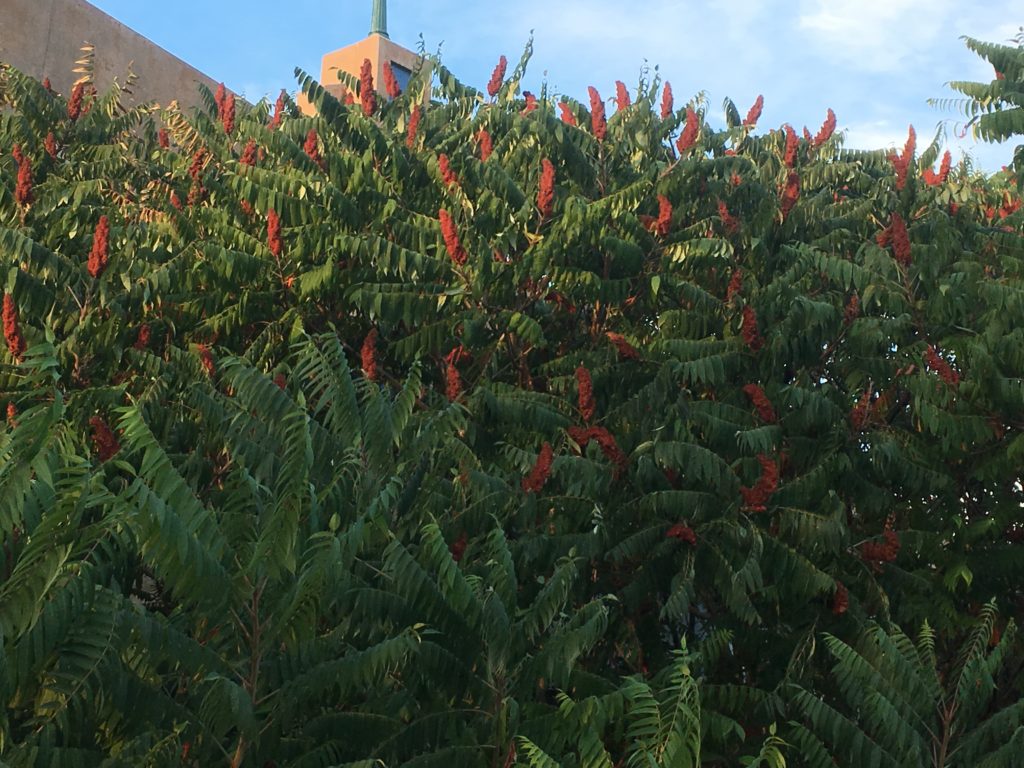
Sumac planted as landscaping.
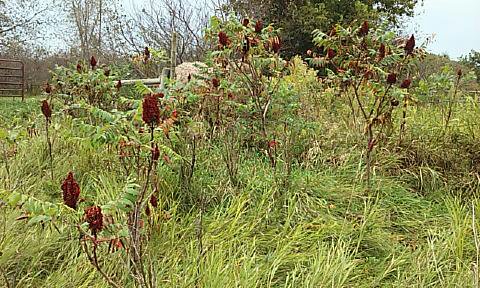
Sumac seed heads in the fall. Sumac leaves also turn red in the Fall. Red Sumac seeds are edible. The sumac with white berries is poisonous.
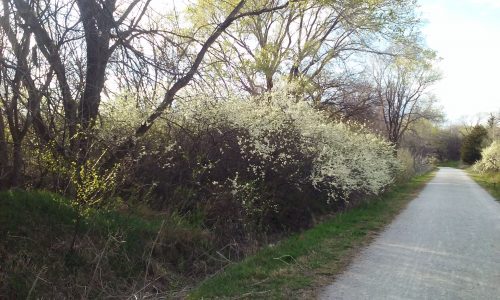
Wild plum flowering in the spring is one one of my favorite things.
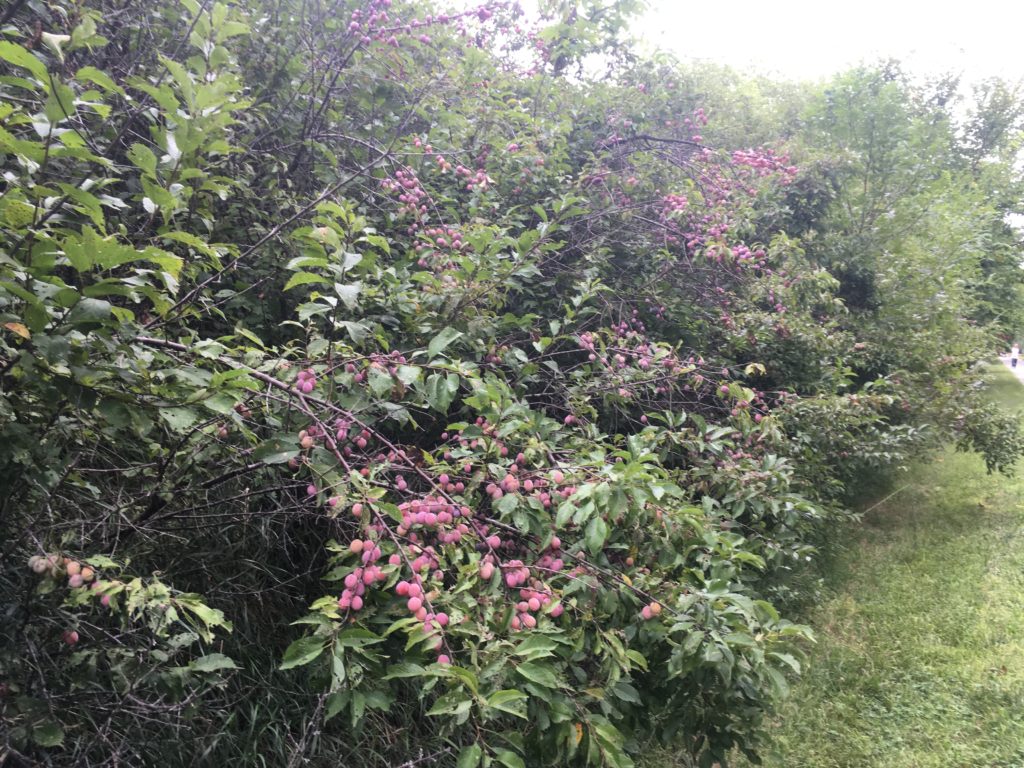
Wild plum fruit ripening. After last year’s disappointing harvest, this was a banner year for them.
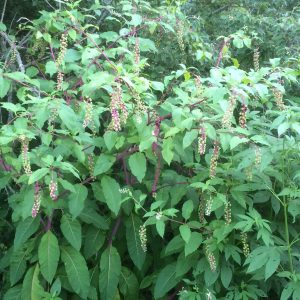
Pokeweed is toxic unless you know how to process it.
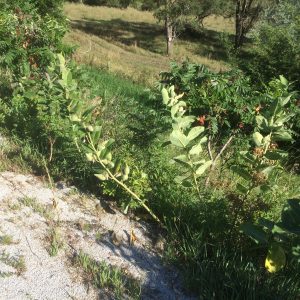
Milkweed shoots and immature pods are edible.
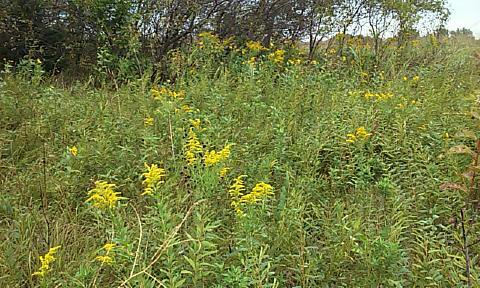
Goldenrod, our state flower.
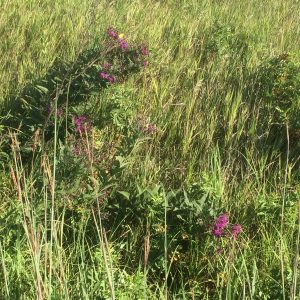
New England aster is native here.
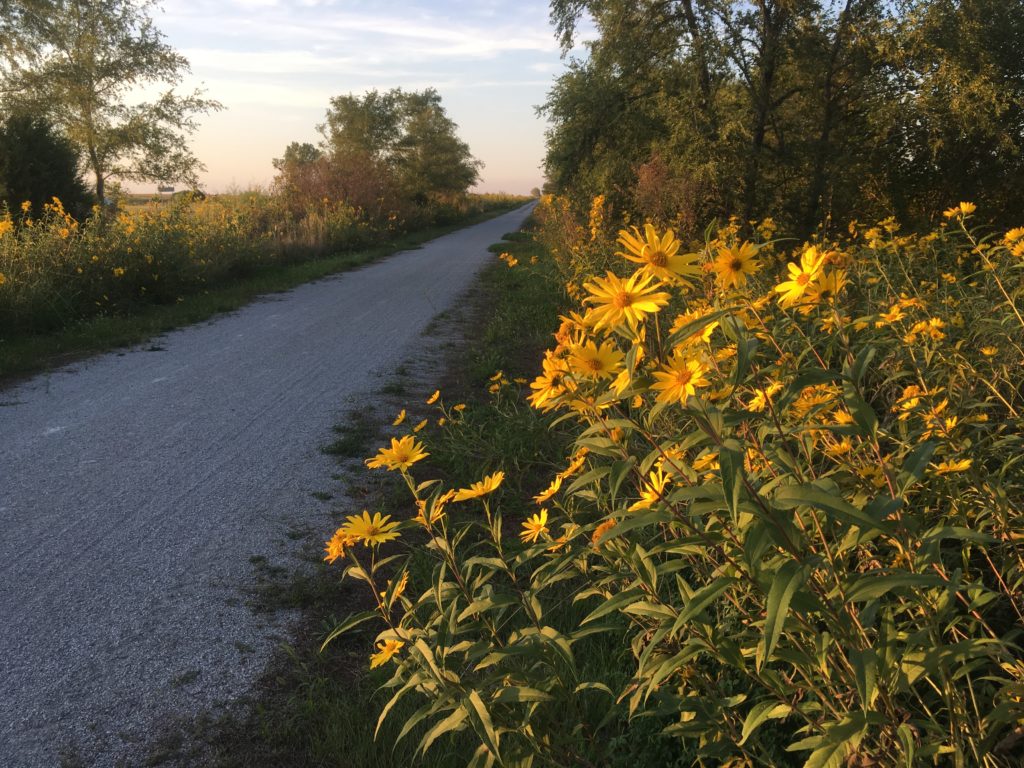
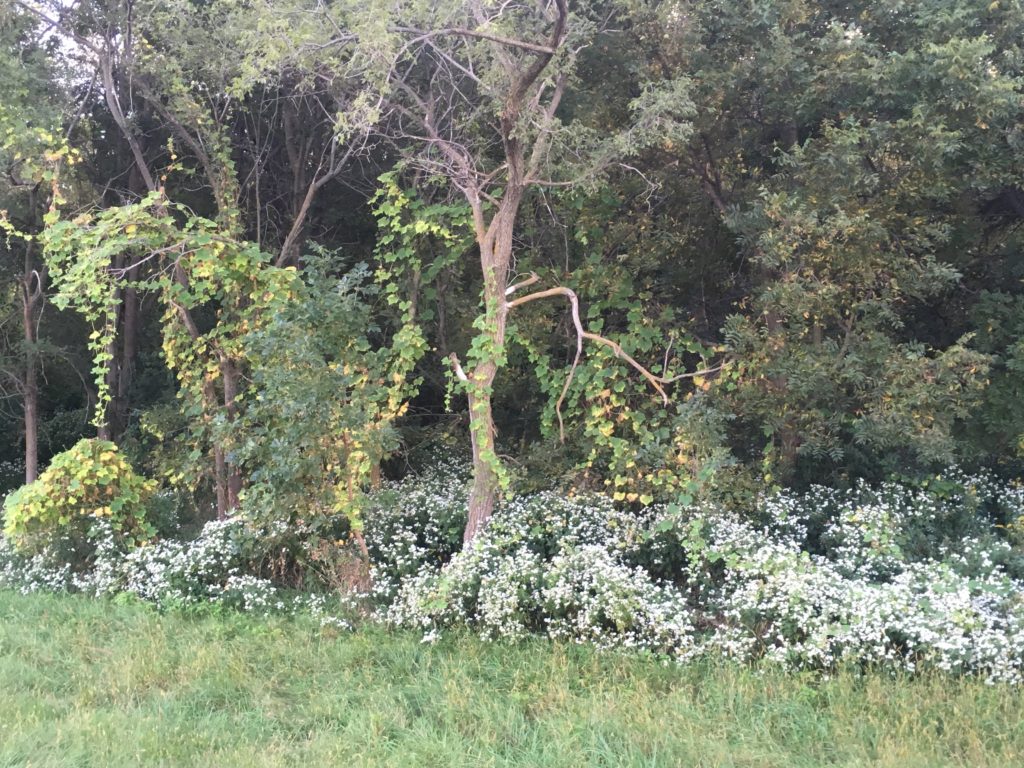
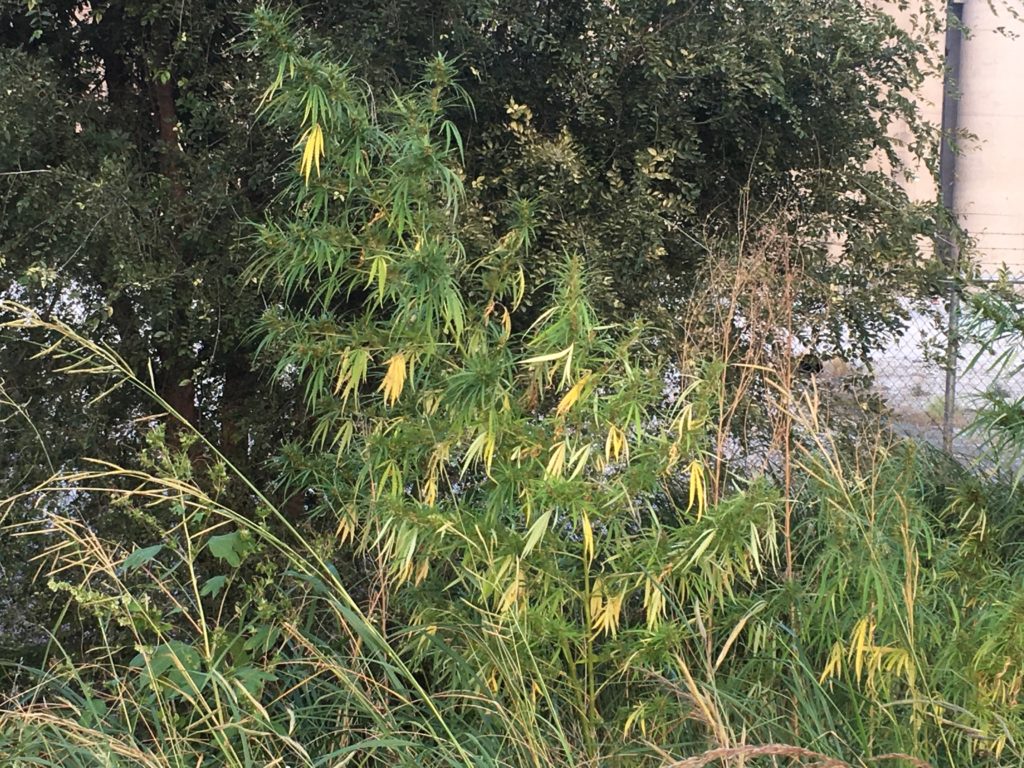
There are far too many more for me to mention them here, but try to become familiar with what you ride by, they’re all part of the reason we enjoy being out on our trails unless of course, you’re allergic to them.
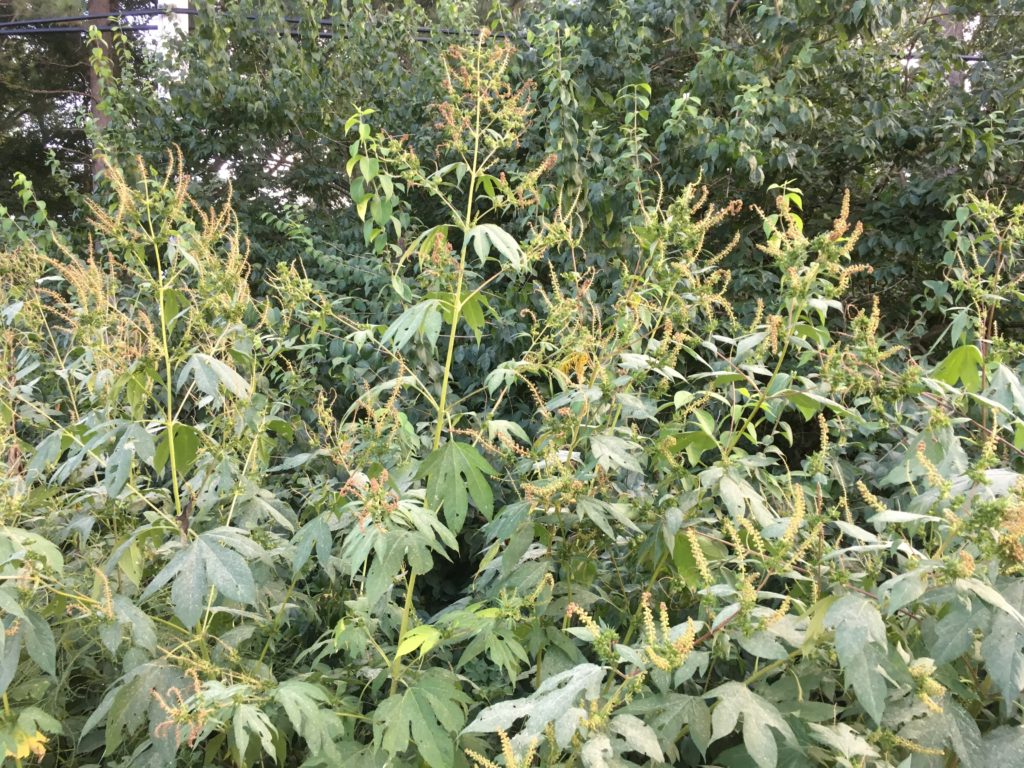

The picture of Stinging nettles looks more like hemlock.
Hi John, I should have included a close-up. Hemlock is taller and “airier”. It’s also past blooming and is dried up where I’ve seen it. Nettles are blooming all over Wilderness Park now.
The ragweed image would be better labeled as giant ragweed. Nebraska also has annual and western ragweed. Lots of cool odd plants out there as well. Ive been uploading them to inaturalist. Ive thought about working with the NRD to organize a wildflower ride after I retire.
Thanks for the clarification. There is certainly a lot of giant ragweed out there right now. Sorry, allergy sufferers.